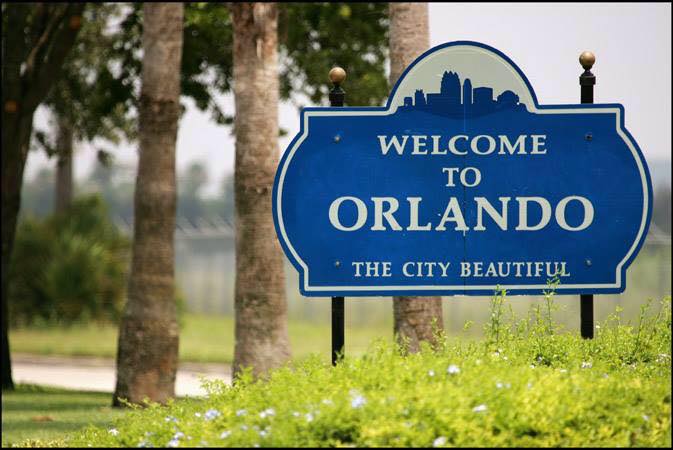How to Evaluate Rental Property Potential

Say you’ve found the perfect rental property. It’s in a fantastic neighborhood, the price isn’t insane, and you’re already rubbing your hands together and picturing how much money you’ll make. But will you really make that amount? Is this a good investment? How on Earth can you know if it’s too risky?
If you have some experience in investing in real estate, you know that appearances can lie. If you’re not careful and you don’t do your homework, the property will drain your bank account. Fortunately, there’s a means of peeling back the pristine facade and looking past the white picket fence and perfect green grass.
Look at a few metrics, conduct thorough research, consider a decent mortgage, and here you are, a successful investor before you even realize it.
Key Metrics for Evaluation
You can’t make a good investment if you don’t understand key financial metrics. However, even the best calculations won’t do you much good if your financing isn’t right. A good loan goes a long way, and it can reduce your monthly expenses while improving cash flow. We can’t give you a definite answer on which option to go for because they differ by state, so you’ll need to do some digging.
Louisiana property loans are tailored to its market, which is a mix of stable demand and competitive loans. On the other hand, you’ll find pricier properties and stricter regulations in California, so getting a loan will be a bit harder. Then you have states like Texas, where there are plenty of flexible options because its rental market is thriving. The market is what determines how financing impacts rental property evaluation. Beyond financing, here are some other things you’ll need to be familiar with.
Cash Flow Analysis
This metric measures the net income that the rental property generates after all expenses have been taken care of. To put it in simpler terms, this is your profit, and its calculation is done using the following formula: Rental income minus operating expenses minus loan payments equals cash flow.
So, if you have a positive cash flow, it simply means that the property earns more money than it uses up, which is an indication that your investment is worth it. For example, if your property generates $2,000 in rent and it costs $1,500 in expenses and loan payments, you have $500 in cash flow.
Capitalization Rate
Cap rate evaluates the ROI (return on investment) of a property. To get the number, you divide the property’s net operating income by its market value. So, the formula would be net operating income (NOI) ÷ property value (PV) = cap rate. For example, a property with an NOI of $10,000 and a value of $200,00 has a cap rate of 5%.
A higher cap rate usually means a better ROI, but it can also be an indicator of higher risk, depending on the market. With cap rates, you can compare properties from different markets. Louisiana, for example, has a higher cap rate than California, so there are more investment opportunities. However, California is potentially less risky.
Occupancy Rate
This measures whether a property is consistently rented or not. If it’s not, then there’s no steady income from it. Low rates can indicate some issues with poor management or locations in the middle of nowhere, where nobody wants to live.
Various elements including (but not limited to) market trends, availability of facilities in the area, as well as the state of the dwelling, will all influence the occupancy rate in some way. If your property is in an area that’s popular, it makes sense that it will be rented more often, if not all the time.
Debt Service Coverage Ratio
Debt service coverage ratio (DSCR) assesses whether the property is able to cover its debt obligations with its NOI. This is the formula: NOI ÷ total debt service = DSCR.
If the DSCR is above 1.0, there’s enough income to keep up with the payments. So, say a property has an NOI of $12,000 and it has to cover $10,000 annually in debt obligations. That’s a DSCR of 1.2, which means it’s safe to invest in.
Break-Even Ratio
Break-Even Ratio (BER) calculates what percentage of income you need to keep the property functional and to keep up with your loan payments. You use this formula to determine it: (operating expenses + debt service) ÷ gross income = BER.
If the BER is lower, that’s good news because it means there’s a stronger investment potential because more income from rent makes you profitable, you won’t just break even.
For instance, a property that has operating expenses and debt payments of $15,000 and a gross income of $20,000 has a BER of 75%, so there’s 25% of income as profit. As an investor, you always want properties with lower BERs.
Conclusion
Asking the right questions and knowing where to look for answers is the starting point of every good investment, whether that’s real estate or something else. Once you find that perfect property, don’t jump the gun and decide to buy it before you really know what you’re getting yourself into.
Even if you hate math from the bottom of your heart, whip out that calculator and get your metrics on paper to see what to expect. These are more than just numbers, it’s your way of being able to predict how much money you’ll make. Keep in mind, nothing is ever guaranteed, but if you’re armed with information, you’re far more likely to make a smart choice.
Additional Find Rentals Articles
The Palio In Siena
July -
Tuscany Italy
Peru Fair Stratton Vermont
September -
Stratton Vermont
Astoria Music Festival
June -
Port Orford Oregon










